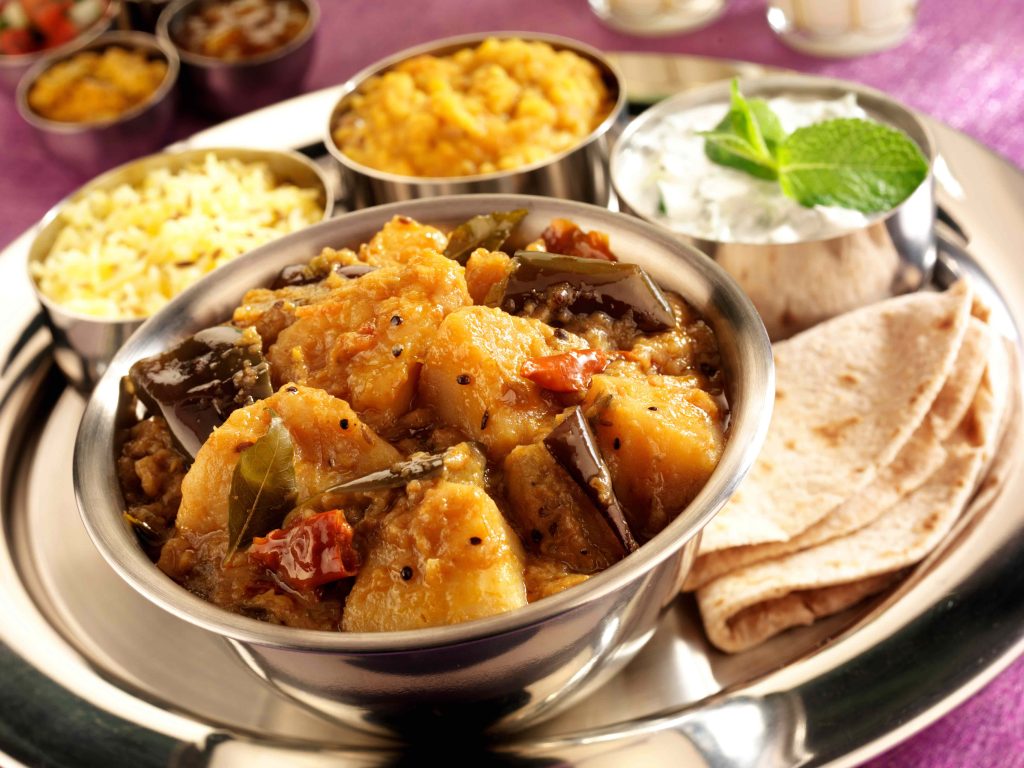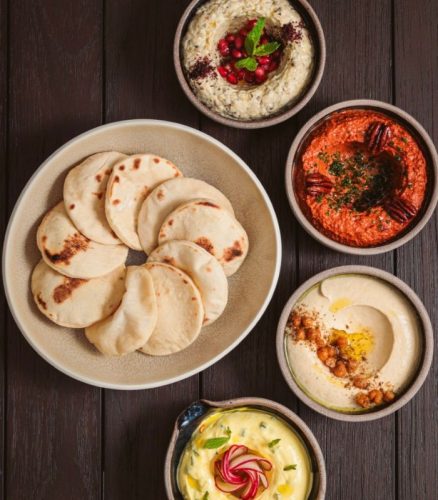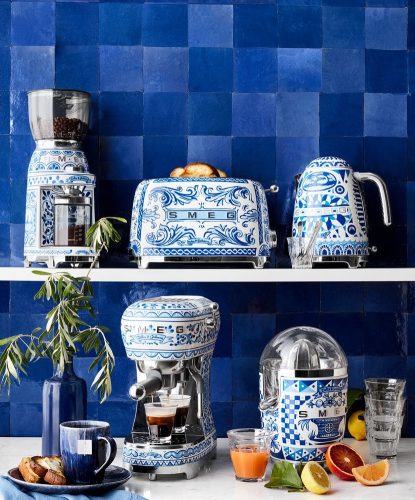Diwali, also known as the Festival of Lights, is the biggest and brightest celebration in India. It’s all about good vibes, family, and of course, amazing food. When it’s Diwali season, the traditional Urad Dal Kachori recipe is an absolute must-have on the menu. The crispy, flaky snack is like a little firecracker for your taste buds. But what really makes this urad dal kachori recipe the MVP of Diwali dishes? It’s that balance of texture and spice that feels just right. Whether you’re dipping it in some tangy chutney or pairing it with a warm potato curry, it’s the kind of snack that keeps you coming back for more.

Kachori Recipe
Ingredients
For a party of 4
250gms Mung lentils/ Urad dal (split and skinned)
300gms wheat flour
½ inch Ginger
1 Green Chilly
½ tsp red chili (powdered)
A pinch of asafoetida/hing (powdered)
1 tsp fennel seeds
1 tsp salt
Sunflower or vegetable oil
1 tbsp Ghee
Directions
The first part of this kachori recipe is to prepare the lentil paste. Start by thoroughly washing the mungo lentils and soaking them in water for 3-4 hours, or preferably overnight. Once soaked, drain the water and grind the lentils with green chili and ginger into a coarse paste using a blender. Add a pinch of salt, asafoetida, fennel seeds, and red chili powder to the paste, and mix the spices well. Set the paste aside.
Next, prepare the dough. In a large mixing bowl, combine the flour and ghee. Add ½ tsp of salt and knead the mixture into a dough. Cover the dough with a damp cloth and let it rest for a while to set.
It’s Time to Roll the Kachoris
The next part of the kachori recipe is to roll the dough. Divide the dough into small, round balls. On a flat surface, roll each ball into a circle about 5-6 cm in diameter. Place a spoonful of the prepared urad dal paste in the center of each circle. Carefully seal the edges of the dough to enclose the filling. Gently roll the filled dough balls back into circles, maintaining the 5-6 cm diameter.
To fry the kachoris, heat oil in a deep frying pan over medium heat. To check if the oil is ready, drop a small piece of dough into the oil. If it rises to the surface, the oil is hot enough. Fry the kachoris until golden brown on one side, then flip them and fry the other side until golden as well. Remove the fried kachoris and let them cool slightly.
To serve, the kachoris can be eaten without any pairing. For an extra burst of flavor, you can pair it with potato curry. They also pair perfectly with tamarind or mint chutney.

Potato Curry
Ingredients
3 large potatoes (boiled)
2 tbsp sunflower oil
½ tsp cumin seeds
½ tsp red chili (powdered)
2 tsp dry cilantro (powdered)
½ tsp turmeric (powdered)
½ tsp garam masala
2 tbsp yogurt (whisked)
2 cups of water
Salt to taste
Directions
Heat the sunflower oil in a deep pan over medium flame. To check if the oil is ready, tilt the pan slightly—if the oil flows freely, it’s at the right temperature. Add cumin seeds, chopped chili, cilantro, turmeric, garam masala, and salt to the pan. Stir everything together until the spices are well combined.
Next, gradually add the yogurt while stirring continuously to prevent curdling. Keep stirring until the yogurt is fully incorporated with the spices and comes to a boil.
Cut the boiled potatoes into small pieces and gently add them to the yogurt mixture. Stir until the potatoes are evenly coated with the masala.
Once the potatoes are well coated, add water to adjust the consistency of the curry. Stir again and let the curry simmer for 2-5 minutes, or until it reaches a rolling boil. Once done, turn off the heat. Serve hot with your freshly made kachoris.
Other Recipes You’ll Like
Butter Chicken
Chef Rajni’s Poori Recipe
FAQs
Q. What can I pair this kachori recipe with?
A. This kachori recipe will go well with potato curry. You can also have the kachoris without a side dish.
Q. Where can I get urad dal from?
A. You can find urad dal at any Indian grocery store. Sometimes you might find it at Costco as well.
Q. What kind of urad dal should I get?
A. Try finding skinned and halved urad dal. The lentils are white in color. That’s the easiest way to identify it.





























































